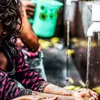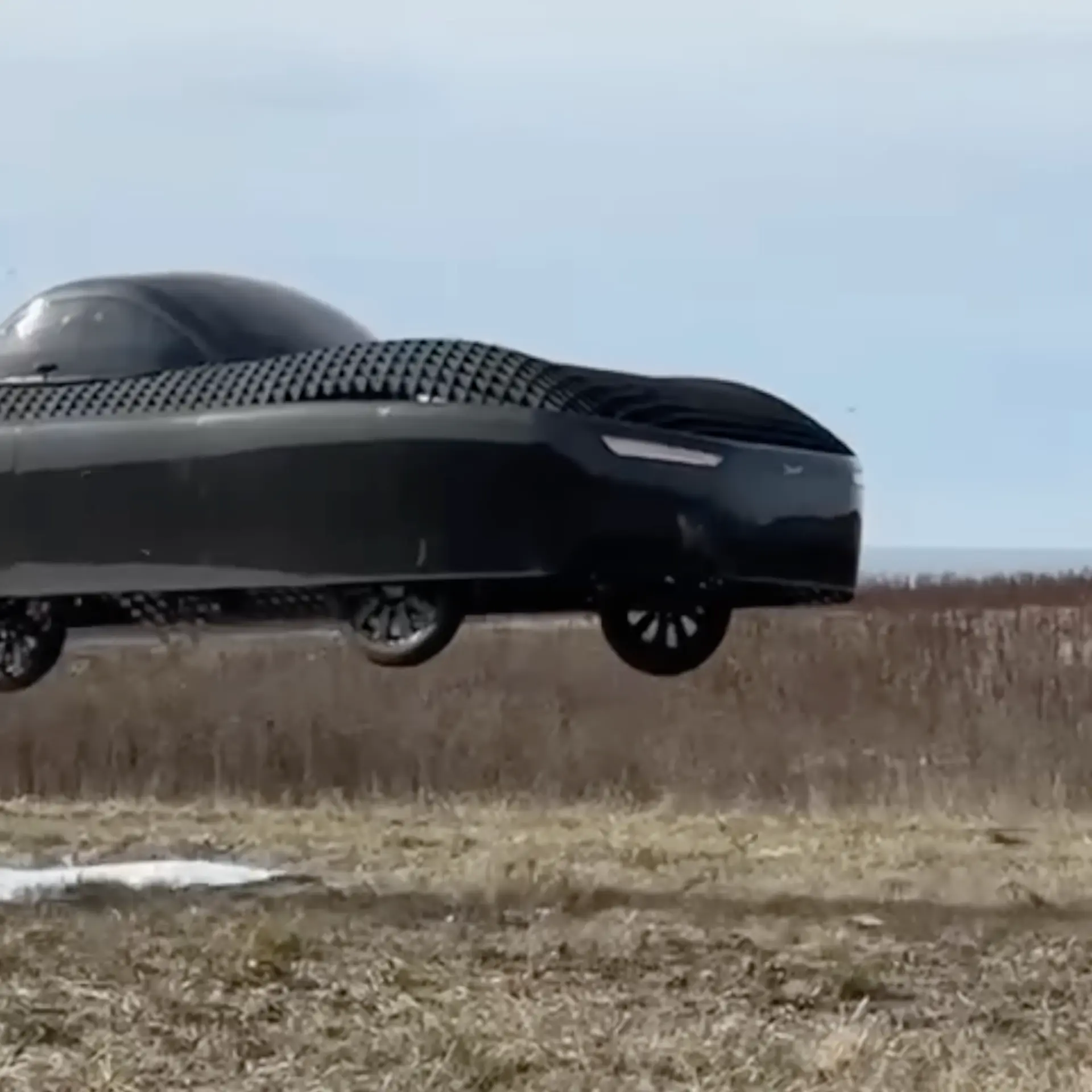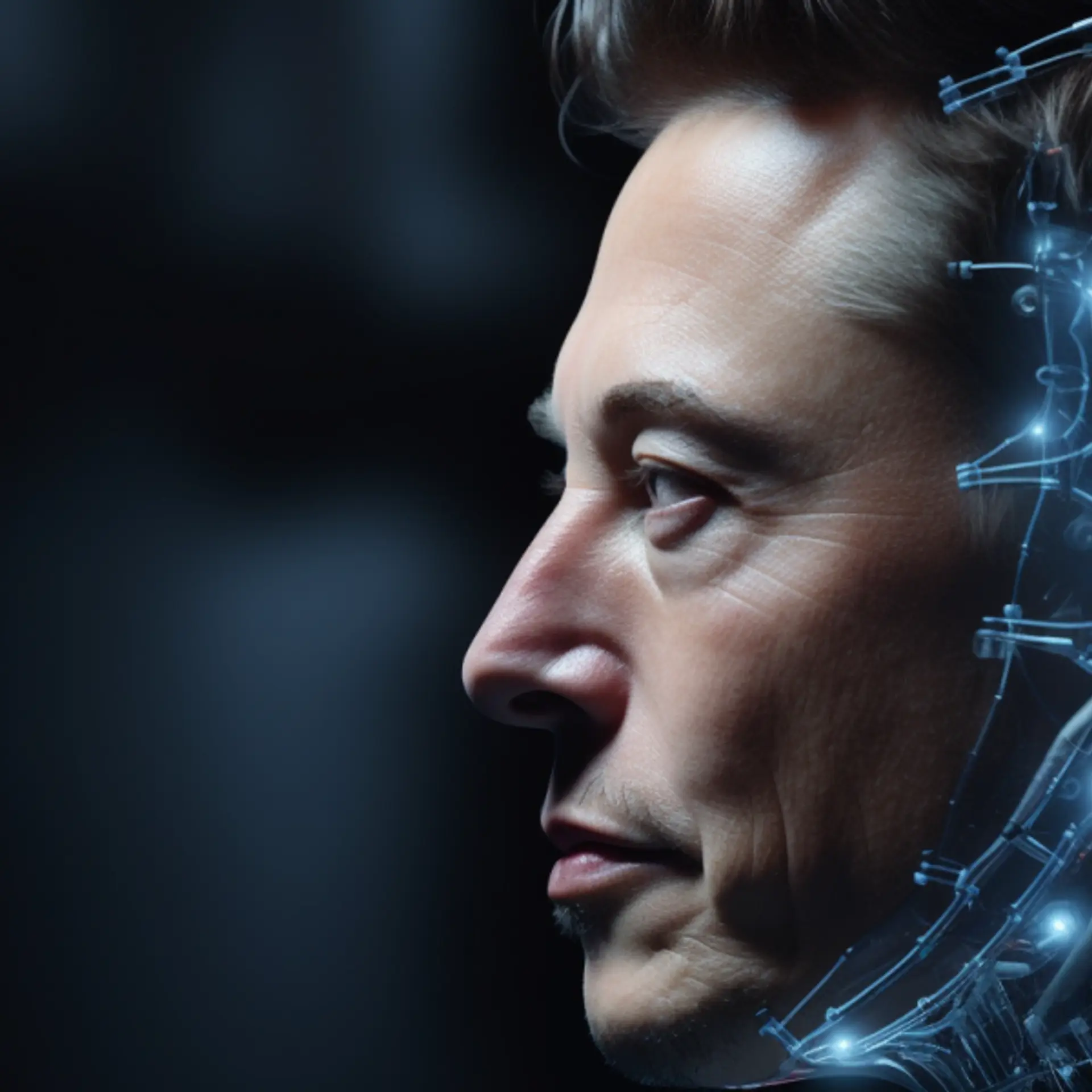How technologies are helping in providing clean drinking water without harming the environment
Advait Kumar, Co- Founder, Swajal, mulls over how we can tap into technology for efficient use of potable water.
Life on earth revolves around water. After all, every living organism needs water to survive. It is also why almost every single civilization has dwelled around some water source – be it a river, oasis, lake, or an artificial water body such as wells. Some perished due to lack of it. To set things straight, water is life. Its presence, and even absence, defines the existence of living beings in any particular region.
However, water - potable water to be more precise - is also a limited resource despite water bodies covering nearly 71 percent of the earth’s surface. Out of the earth’s overall water reserves, oceans hold about 96.5 percent and only 3 percent is freshwater.
Even so, 2.5 percent of the earth’s freshwater is locked in the form of glaciers, ice caps, moisture, and so forth. It leaves only 0.5 percent of the earth’s water as drinkable by over 7 billion humans, and our fellow earthlings distributed across 8.7 million species.
The sheer imbalance between necessity and availability of water is one of the reasons why several of our cities, including Bangalore, are facing the ‘Zero Day’ situation today.
Zero-Day implies that there is no reliable water supply available for the city and its inhabitants. But what exactly is the challenge and can it be solved? Perhaps, technology can be of assistance here.
The Conundrum of Potable and Portable Water on top of Water Table
Growth, development, and quality of life have now become a part of our daily discourse. However, none of them is meaningful if we remove water out of the equation. Of late, we’ve seen several states and even nations confronting each other over their share of water resources. With water table or the groundwater level depleting fast, and mass exodus to urban areas, the availability of water is not as simple.
For instance, the water table of Ghaziabad has dipped by 12 meters in the past four years. It is equivalent to seven average-height people standing atop each other. It’s only that, the change is across a much wider area than seven people would acquire.
A question that arises is that, can’t we clean water or find some other alternative? Yes, we can, but while it is fairly easy to contaminate water, it is that much more difficult to clean it. We can purify water, however, purification requires energy. The worse the quality of water, the more energy is required to clean it. We can even make water from air or purify seawater. But, then again, the sheer volume of energy required turns out to be tremendous.
Another alternative popularly resorted to is transportation of water. This not only adds carbon miles and plastic waste into the system, but is also an extremely inefficient practice. According to an estimate, for every litre of plastic water that you buy, three litres of water are used to transport it to you in the form of energy for transportation and other factors.
There is an energy-water nexus, i.e. the distribution, purification, and management of water requires energy; and energy gets produced via water in the first place. Then, how can we avoid either a humanitarian disaster (with no access to cheap water) or an economical disaster (with no access to cheap electricity) and, perhaps, even both? The simplest answer is ‘conservation’. The only way forward is to conserve both water and energy. They both go hand in hand, after all!
In this context, technology, and tech-driven solutions are helping change the status quo by solving this quandary in two major ways:
Zero-Mile Water
There is no need to transport your water from the Himalayas or some other exotic place. The purpose of water is hydration. So, it barely matters if your water is from the Himalayas or from a spring in California. It literally makes no difference apart from the fact that its transportation is causing harm to that exotic place. If quality is your concern, then technology including IoT is today helping us ensure that high quality of water is maintained, and even adjusted according to your needs.
IoT-enabled devices can ensure that the quality of water that you drink is good by continuously monitoring and adjusting the water purification system. It also is helping in making purification systems smarter, more efficient, and much more compact.
This is similar to growing your own organic vegetable or getting it from a local farm; you not only save money but also avoid the harmful effects of micro-plastic leeching on your food and hence, your health.
Water monitoring
With IoT and AI, technology has now also paved the way to easily digest billions of points of data and find meaningful patterns in a relatively economical way. In Delhi itself, 40 percent of water gets wasted from pipes either by leakage or theft. By adding IoT and AI into the equation, we can easily monitor pipelines at a city level, and detect the possible location of leakages with intense precision.
Homes and businesses too can use this technology at a smaller level to detect water wastage and ensure higher efficiency of their systems.
In conclusion, if you believe in leading a good life and the vision of sustainability, then make sure that you shun the conventional approaches and adopt a lifestyle that leads to a greener future.
Edited by Anju Narayanan
(Disclaimer: The views and opinions expressed in this article are those of the author and do not necessarily reflect the views of YourStory.)







